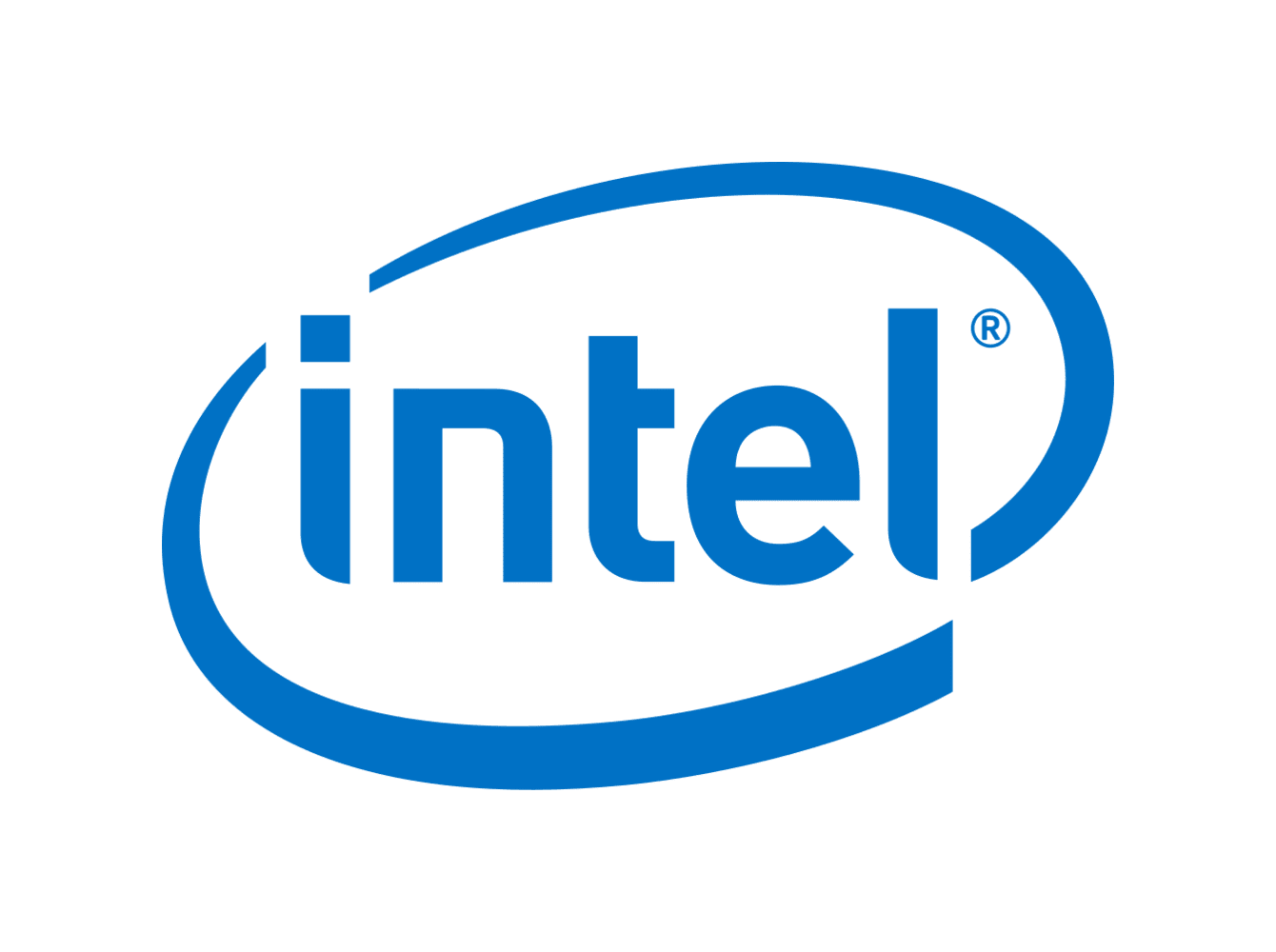Hey. I was wondering if there’s any Intel made cpu that can compete or even surpass the speed and power efficency of Apple’s M chips?
Speed? sure. Just bring a water cooler and 300 watts of power.
Efficiency? Absolutely not.
Also, M3 Ultra will probably be a home run, so watch out intel
Apple launched it’s M series of chips (Arm-based) precisely to get rid of Intel’s CPUs. Hard to beat the M series in power efficiency. Arm is more power efficient + Apple has an architectural license with Arm so they can tailor the architecture to their needs and make the chips super efficient.
Apple is more efficient, but still not more powerful than intels higher end skus.
Currently, the node advantage difference means Apple will be ahead on power efficiency, but Intel chips can and do outpace Apple’s right now.
Even at the same node Apple design would be more efficient because of the ARM instruction set. keep in mind that some of their chip have a whole desktop class GPU also.
Overclocked Celeron 300mhz
ARM is a mobile architecture, ground up, always has been, not a desktop one, it’s being scaled and shoehorned into a Desktop Platform, which for Apple, aside from old Mac Pro’s, their desktops were mobiles in disguise anyways, so that’s just how they roll and the products are generally great but probably best described as “desktop class”, not true desktop workstations.
As far as grunt, yes Intel can keep up in “horsepower”, albeit with vastly higher power consumption and massively higher heat production and needing a large dedicated GPU in the mix as well to keep up benchmark and rendering wise.
However, and I own both an M2 notebook and custom Intel Desktop PC, and have used an M3 for a few days, and the absolutely savage overall responsiveness of the M series SOCs are in a league of their own, and it’s been that way since M1 and keeps getting better with each update.
Having essentially your entire system on die brings a usability experience to the table that you have to daily drive to really understand. I love my PC, and I love my M2, but for very different reasons, and they truly don’t compare well in my opinion. They have generally entirely different use cases and markets that they are both well suited for.
About the responsiveness… give optane a go, you will be surprised
Yeah I was sad when they exited that market.
Risc architectures do have power efficiency advantages over cisc so I dont expect intels chips to really compete on power efficiency unless they develop a line of arm based chips also. I think that if they did build arm chips and design for energy efficiency I bet they could compete but I think they are likely to continue to push x86 for much of the future. I don’t really know though. Good question. I look forward to reading some other responses
This is fundamentally incorrect
Haha, sure is.
Efficiency? Nope, TSMC 3nm is just magic like that. That being said, modern desktop flagships pretty comfortably outpace anything Apple can make, and can be acquired for a fraction of the price.
It’s more down to the On Die SOC my man, that’s the magic, has been since M1. But ultimately you can’t compare them directly. IBM’s newer big iron, makes our “desktop flagships” look like rowboats, and they should at 6ft high and 600v. Apples and oranges my dudes.
No it doesn’t, if you’re talking about mainframes. They are slower than top end desktop chips. Mainframes are fast because they run relatively simple code and the developers invest a lot in software efficiency.
If they did, they’d be building super computers using IBM chips rather than AMD and intel.
IBM are pretty much off the top500 now: https://en.m.wikipedia.org/wiki/TOP500
N3B is not magic. M3 is <10% more efficient than M2 in cinebench, and some of that uplift surely comes from architecture.
No not even close. I saw a test of the m1 pro’s two efficiency cores under full load and they used 210mw combined. Intel and AMD are hilarious behind those numbers. Mind u their efficiency cores are both stronger and in fact even with the new nodes I think apples newer chips use a bit more power to help strengthen their ecores but even at double the power per core it wouldn’t be close. The 4 performance cores also used 4 watts under full load so yeah not close on either core type.

